Continental Colors
OPENING RECEPTION: JULY 19, 6-9PM
ON VIEW: JULY 19-30, 2022
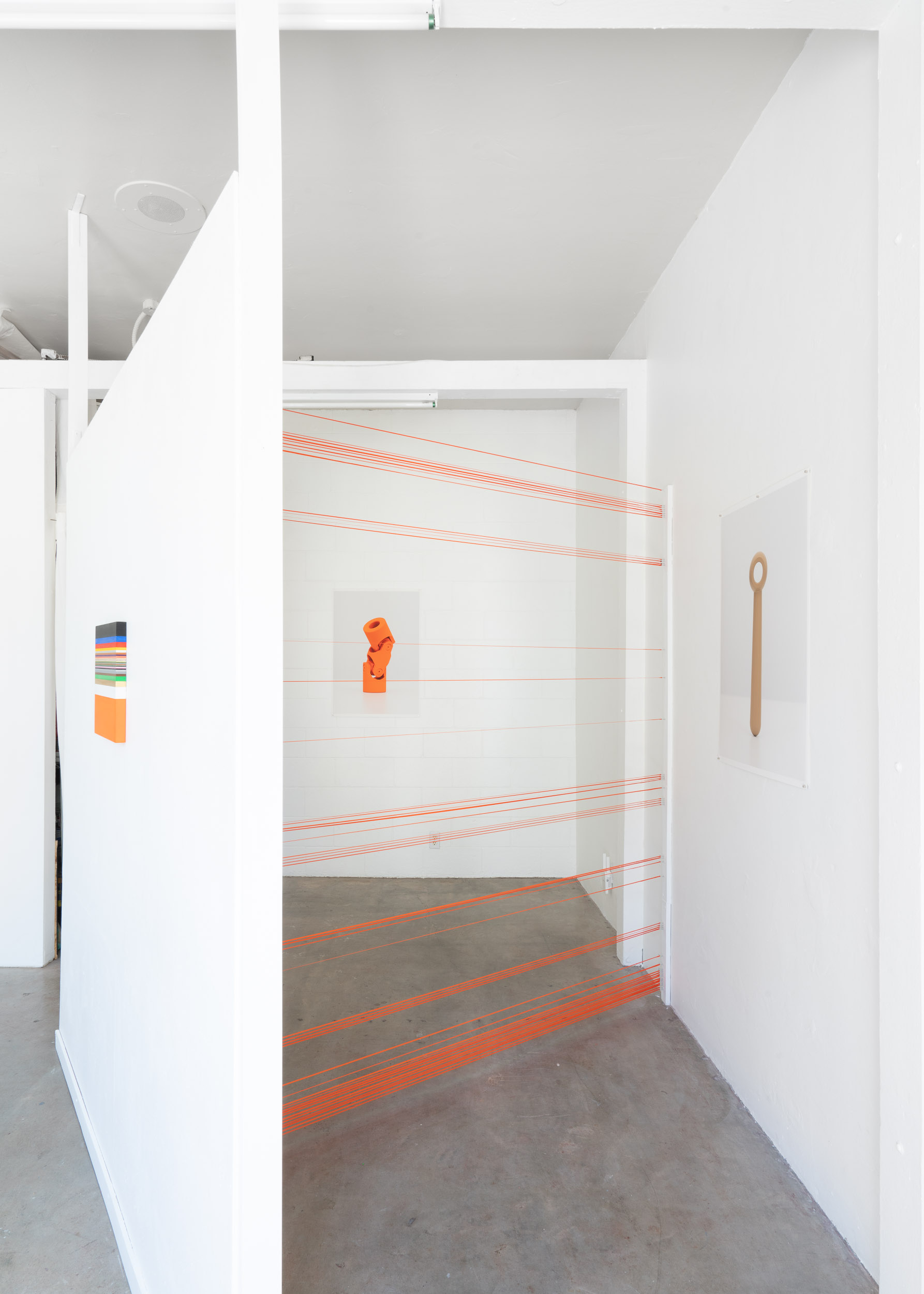
Willem Besselink, foreground, and Carsten Becker. (Photo by Carsten Becker)
Noysky Projects presents Continental Colors, an exhibition by Carsten Becker (Berlin) and Willem Besselink (Rotterdam, NL) that explores the symbolic power of color as expressed through European and American literature and industrial design. The exhibition pairs Frontviews collective (Berlin) with Noysky Projects (LA) as part B-LA Connect, a week-long cultural exchange between Los Angeles and Berlin-based collectives, hosted by project spaces around LA.
For the exhibition, the two artists explore the regulations, norms and systems of color: Becker photographs standardized industrial parts from the DIN catalog, and compares RAL, German color collection used for pigments, with the classic American military hue, “Olive Drab”; while Besselink investigates the imaginary colors mentioned in literature from the Golden State. Both artists decontextualize color from their historic, literary, and emotional backgrounds in search of the patterns of logic, allowing the viewer to experience underlying concepts behind the use of color.
Becker’s interest in color standardization came through extensive research into totalitarian systems and transgenerational trauma, specifically with regard to the difficult reckoning of his grandfather’s role as a Nazi soldier during World War II. In his explorations of DIN and RAL catalogs from 1917/1925, Becker focused on standardized colors, like “Dunkelgelb” (Dark yellow), introduced by the German armed forces in 1943, and “Olive Drab”, the camouflage color of the U.S. Armed Forces, which helped to shape their countries’ respective identities during WWII.
In his series Romankleuren (Novel colors), Besselink processes colors mentioned in novels. For this exhibition, he focused specifically on novels written and set in LA. He uses self-created sets of rules as vehicles to make them visually-tangible. His drawings result into a coded network of colored lines, whose angles change with each subsequent chapter. In his paintings, Besselink translates the poetics of imaginary colors into quantifiable color blocks. Orange ribbons, derived from Karen Tei Yamashita‘s novel Tropic of Orange (1997), span the exhibition space and superimpose the architectural system.
In Continental Colors, Becker and Besselink dissect the symbolic power of colors as represented in historical documents and literature. By arranging hues into new forms and media, they offer unfiltered access to the works and their inherent systems: In Becker’s Reinorange (Pure orange), a seemingly cheery mechanical joint has insidious undertones, given the color and standardized parts were both used by the German military police. In Besselink’s drawings, the optimistic radiance of golden lines turns brittle when the viewer realizes that Ben H. Winters’ novel Golden State (2018) is one about a dystopian surveillance state.
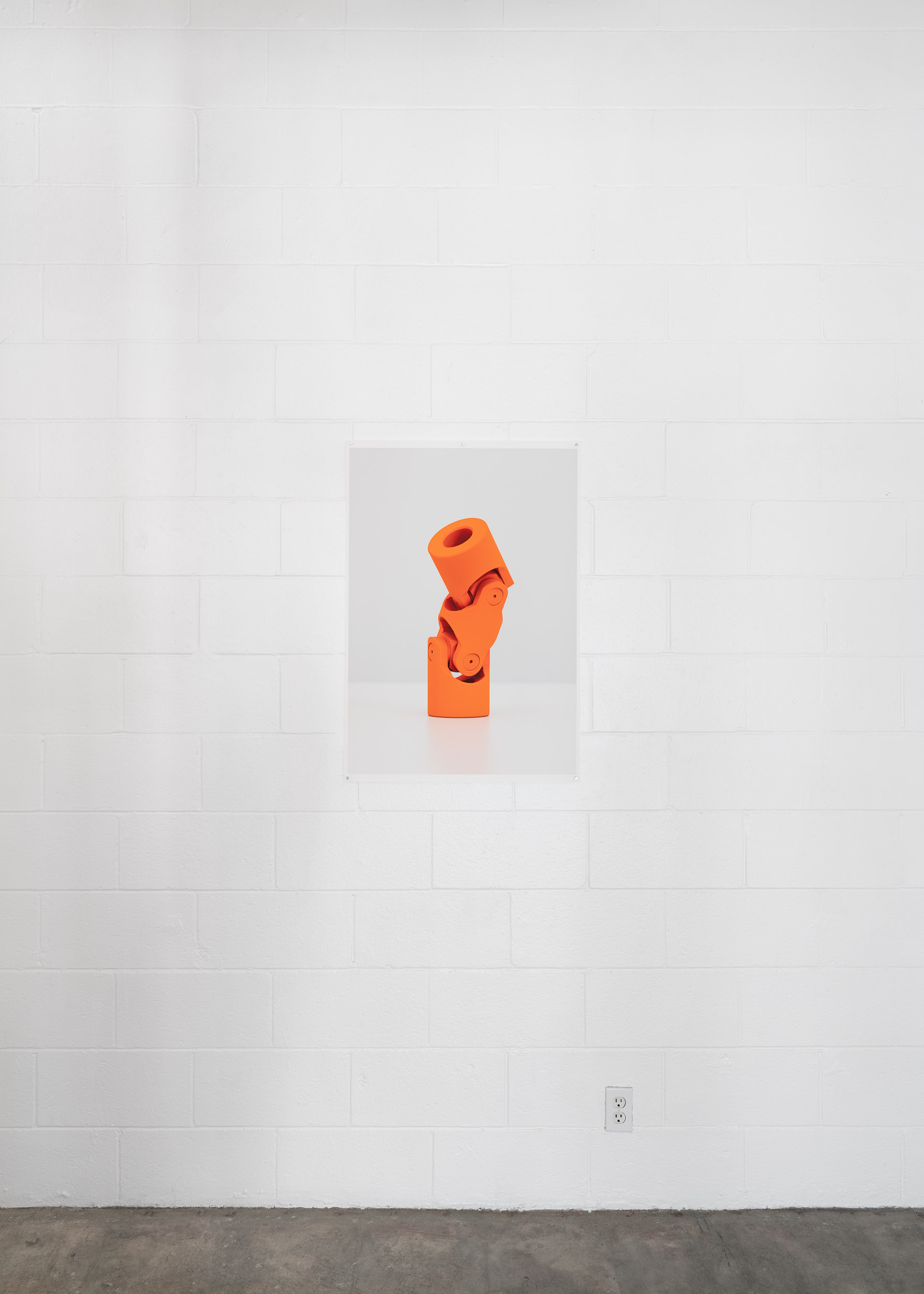
Carsten Becker, Kreuzgelenk (Reinorange), 2021, archival pigment print, 23 1/4 x 33 inches (Photo by Carsten Becker)
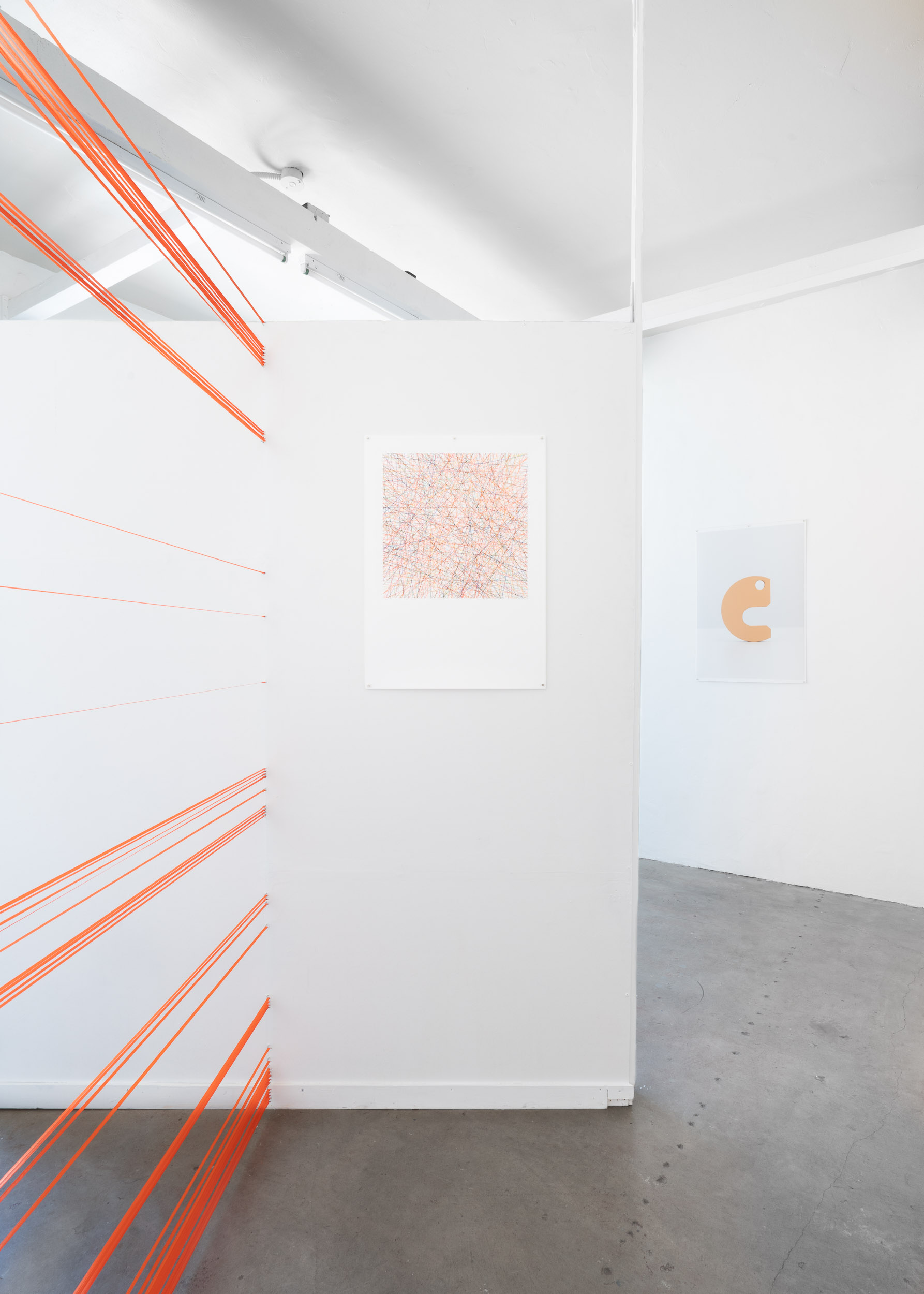
Foreground: Willem Besselink, Tropic of Orange – Karen Tei Yamashita, 2021, acrylic on paper, 19 3/4 x 27 1/2 inches; Carsten Becker, Schwenkscheibe (Sandgelb), 2021, pigment print, 23 1/4 x 33 inches (Photo by Carsten Becker)
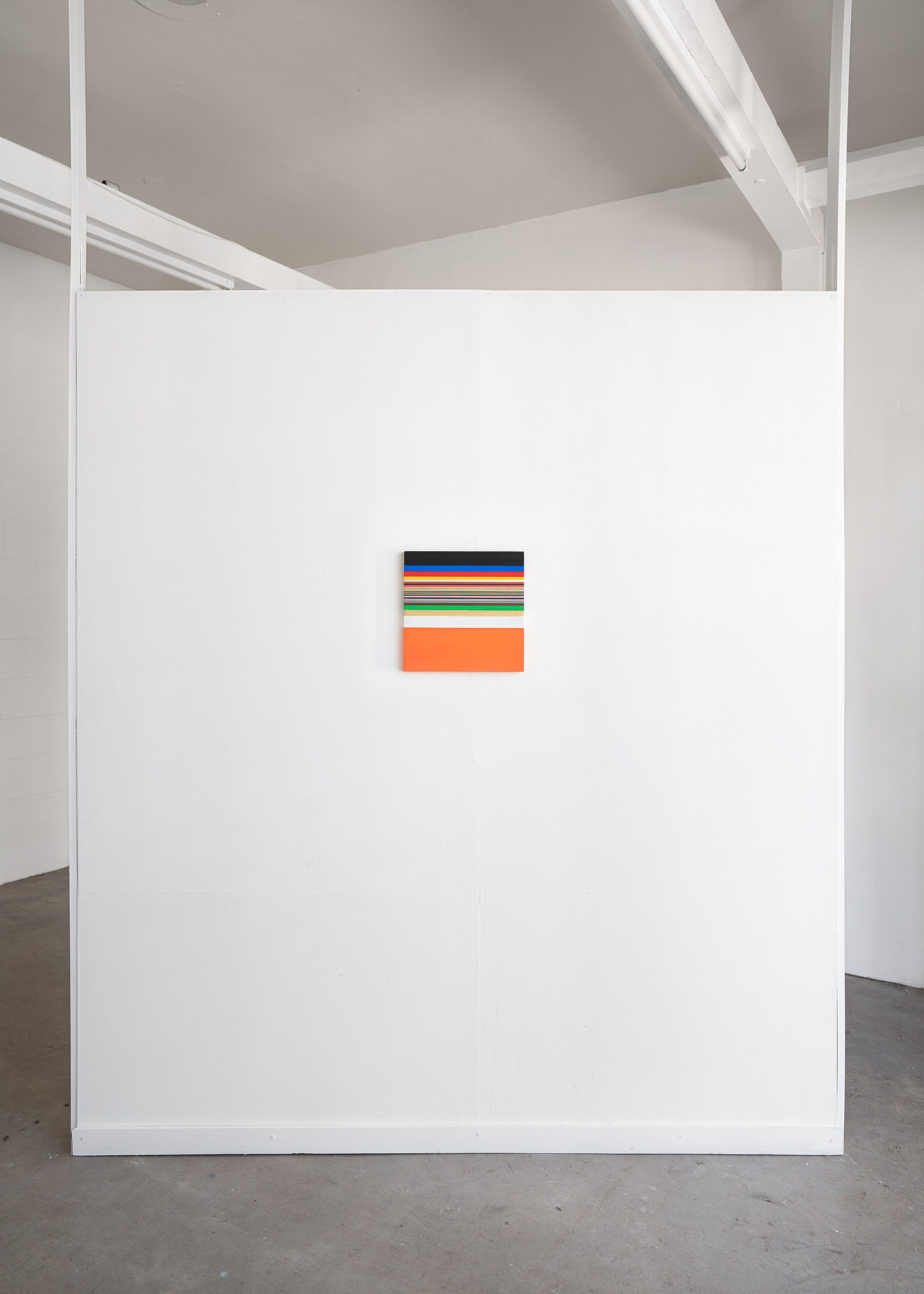
Willem Besselink, Tropic of Orange – Karen Tei Yamashita, 2021, gouache on panel, 11 3/4 x 11 5/8 inches (Photo by Carsten Becker)
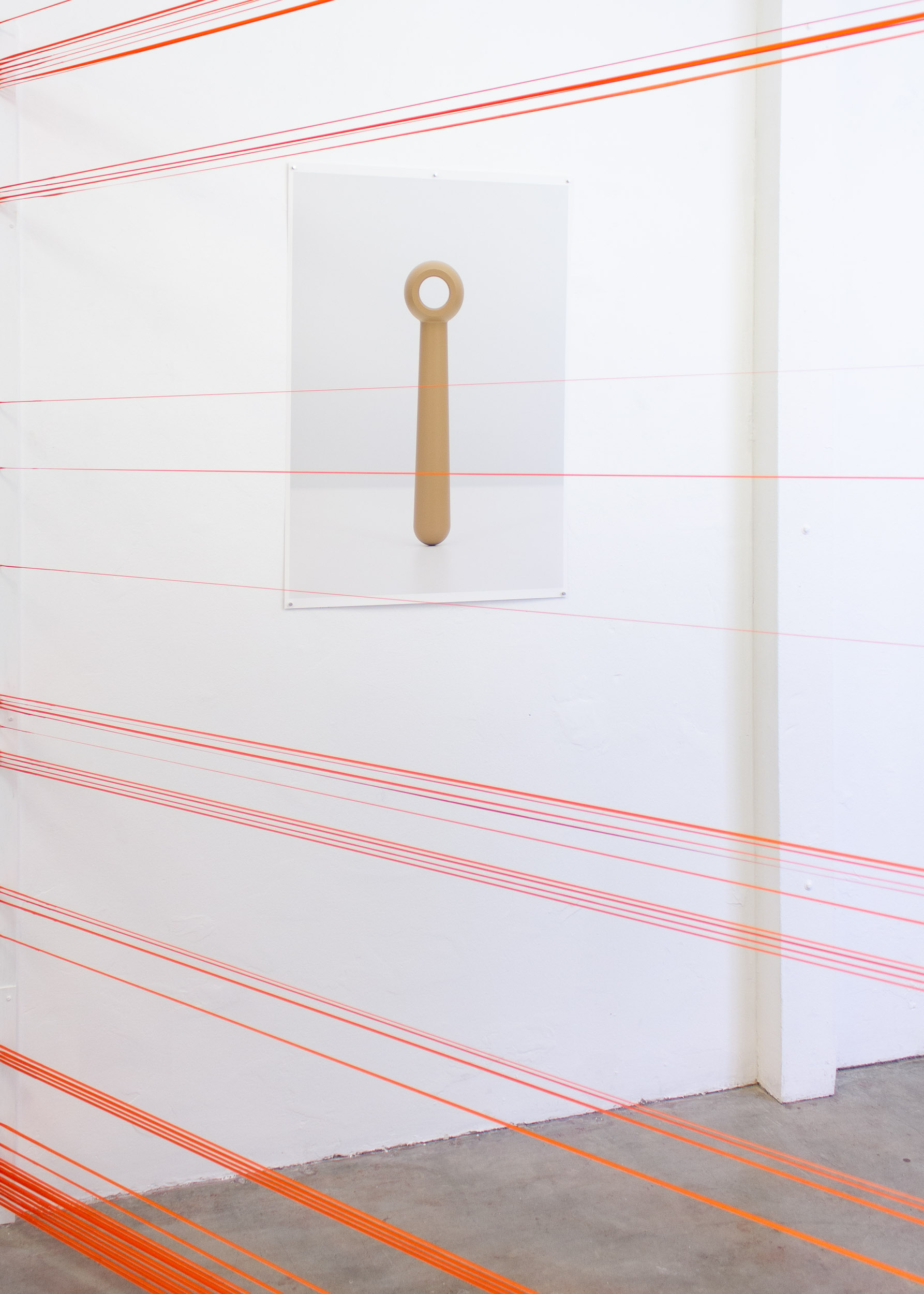
Foreground: Willem Besselink, Romankleuren – Tropic of Orange – Karen Tei Yamashita, 2021, mixed media dimensions variable; Carsten Becker, Kegelgriff (Sandgrau), 2022, pigment print, 23 1/2 x 33 inches (Photo by Carsten Becker)
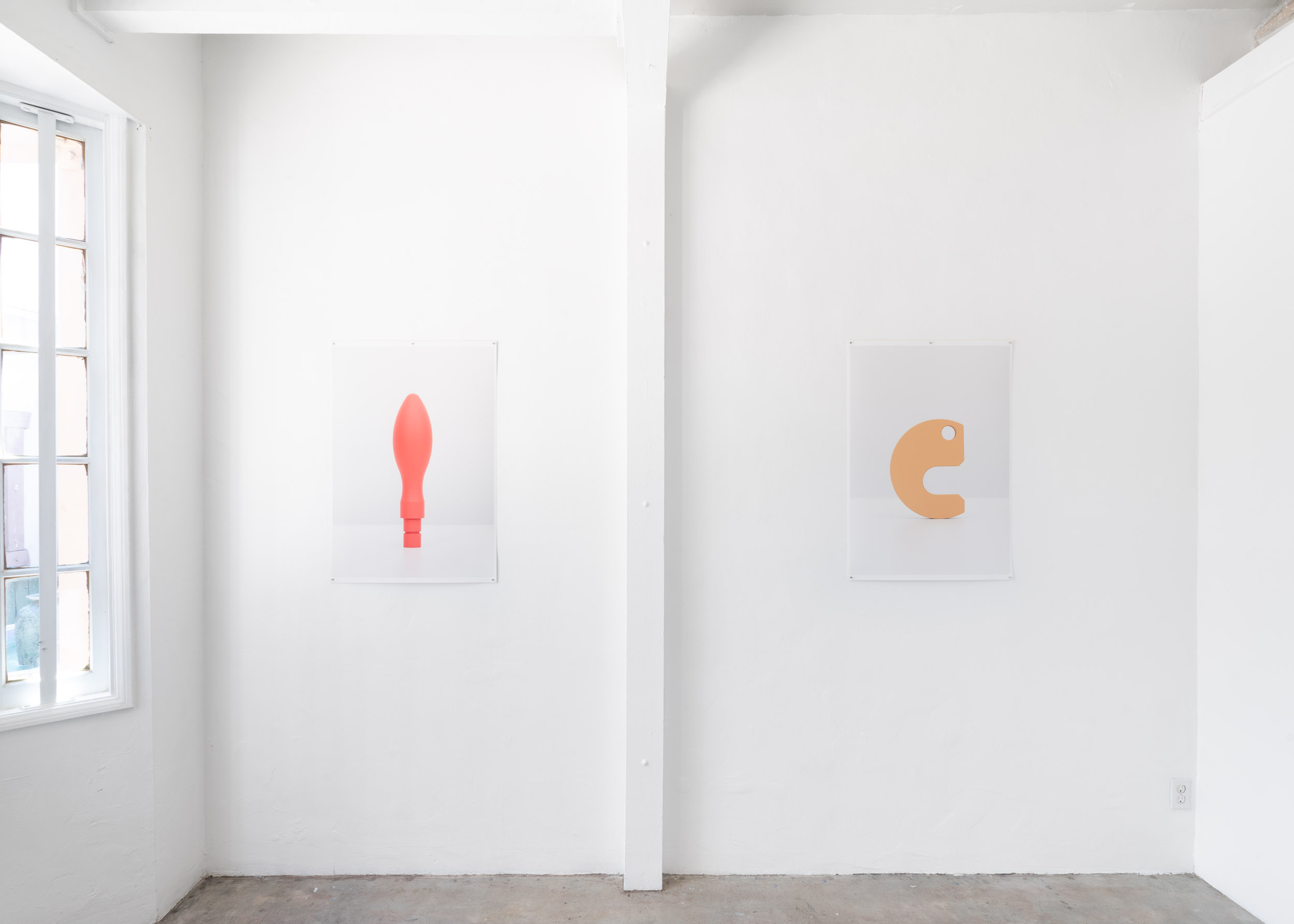
Carsten Becker, Ballengriff (Rosé), 2020, pigment print, 23 1/2 x 33 inches; Schwenkscheibe (Sandgelb), 2021, pigment print, 23 1/2 x 33 inches (Photo by Carsten Becker)
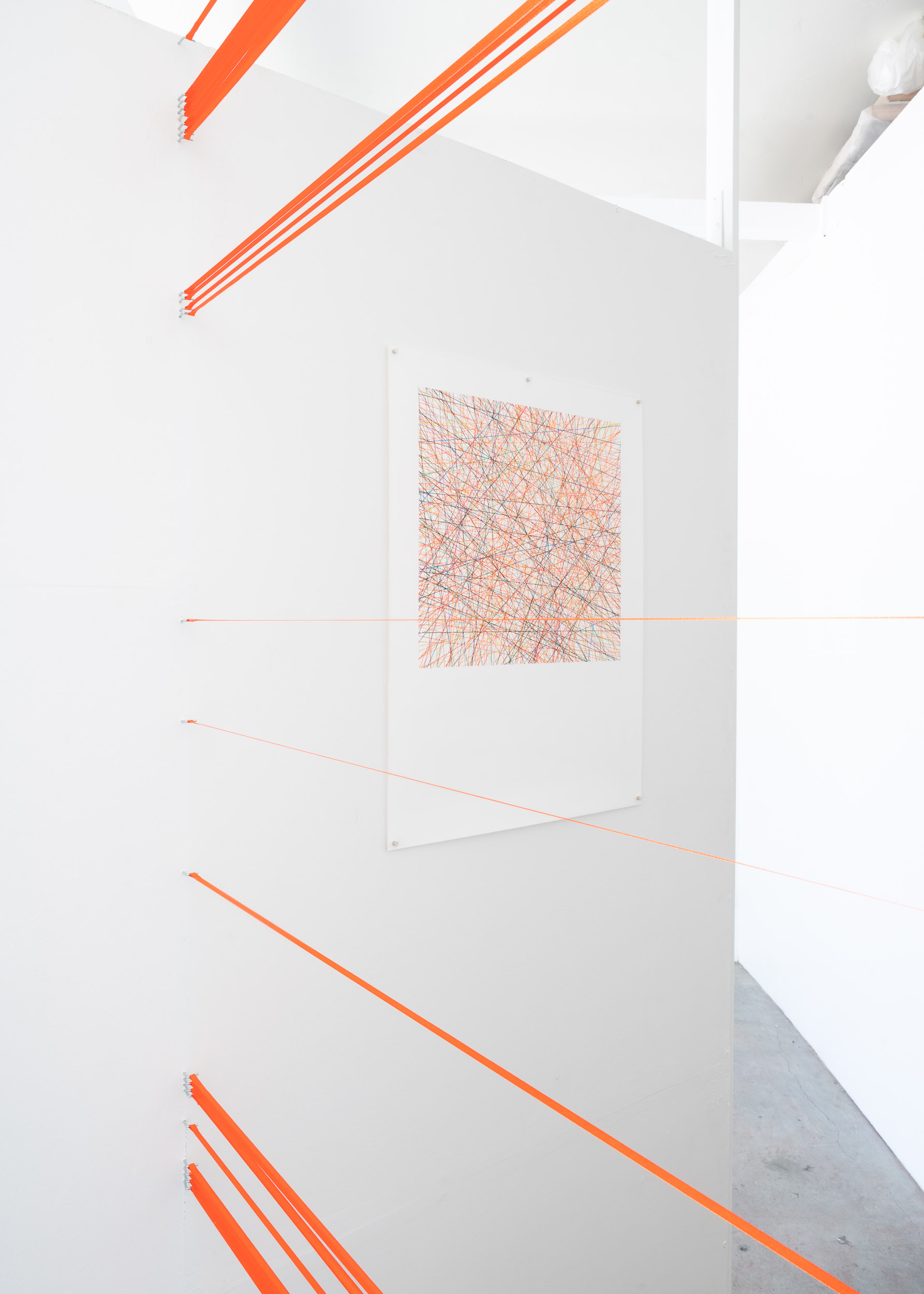
Willem Besselink, Tropic of Orange – Karen Tei Yamashita, 2021, acrylic on paper, 19 3/4 x 27 1/2 inches (Photo by Carsten Becker)
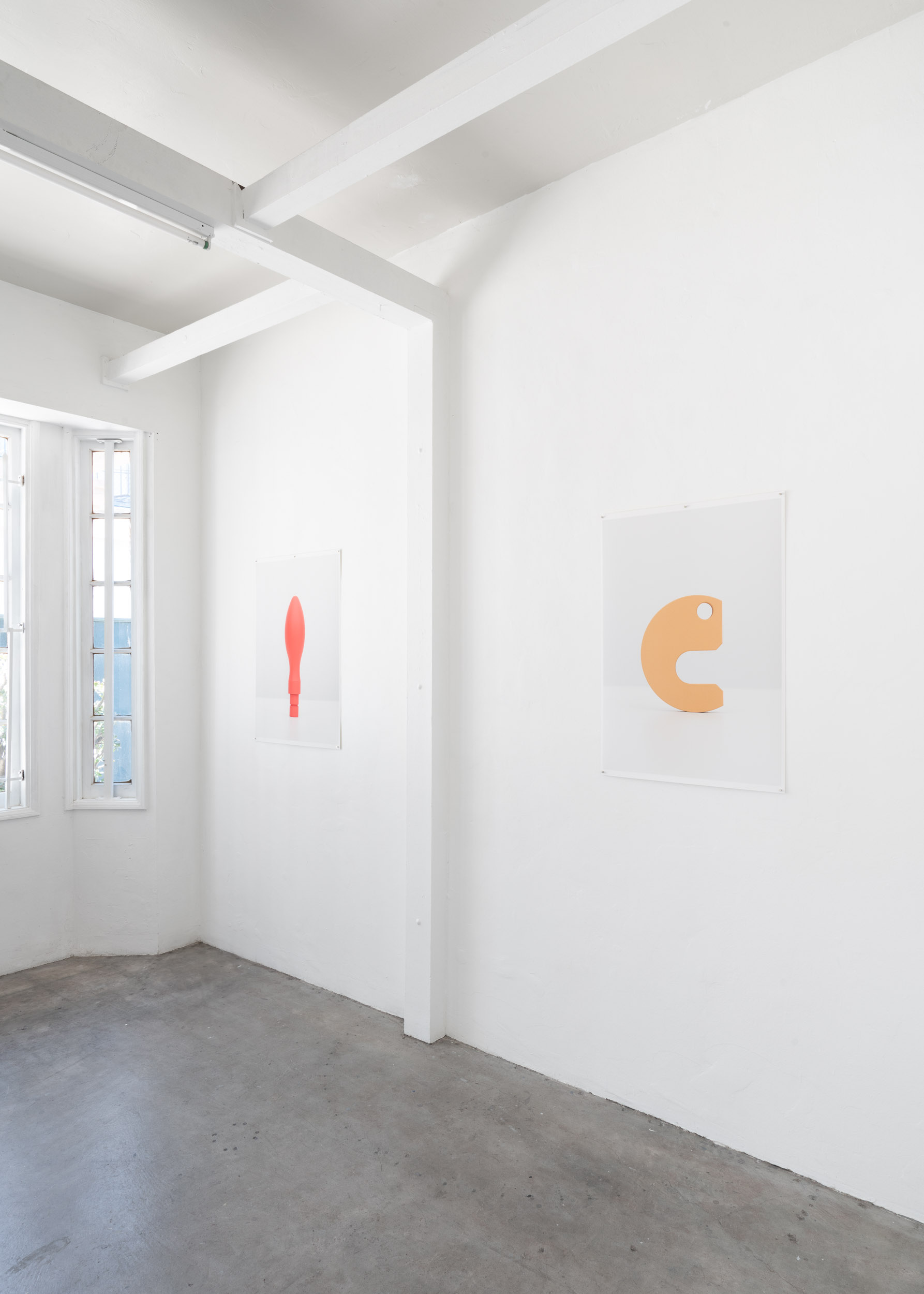
Carsten Becker, Ballengriff (Rosé), 2020, pigment print, 23 1/2 x 33 inches; Schwenkscheibe (Sandgelb), 2021, pigment print, 23 1/2 x 33 inches (Photo by Carsten Becker)
About the artists
Carsten Becker (b. 1973, Würzburg, DE) lives and works in Berlin. He studied at the Academy of Media Arts in Cologne (1994-99) and is a two-time winner of the Deutscher Studienpreis (Körber Foundation). His works have been shown nationally and internationally at Architekturzentrum Wien, Kunstquartier Bethanien Berlin, Palazzo delle Stelline Milano, Daily Lazy Projects Athens and Paradiso Amsterdam.
Willem Besselink (b. 1980, Venray, NL) lives and works in Rotterdam, Netherlands. He studied at the Willem de Kooning Academy, Rotterdam; Universität der Künste, Berlin; Humboldt University, Berlin; and Academy Minerva, Groningen, NL. His works have been shown in Germany, The Netherlands, Russia, as well as Los Angeles and New York.
About Frontviews
Frontviews is a group of international artists and theorists. Based on flexible collaborations we develop concepts of contemporary art in Europe. The initiative was founded in 2012 and is registered in Berlin as a non-profit association for arts and culture. Three principal points shape their agenda:
1. The detection of acute tendencies in contemporary art
2. The ongoing quest to initiate collective cultural encounters
3. To develop conversations and exchange with artists from other countries, particularly those in Europe
About B-LA Connect
B-LA Connect is a platform to promote the cooperation and interlinking between the two sister cities’ creative communities. B–LA Connect seeks to advance the cultural partnership between Berlin and Los Angeles. B-LA Connect wants to celebrate urban diversity, show presence and stand against reactionary forces. Berlin and Los Angeles share the urban self image of being the world in small, a place of cultural diversity and individual freedom. In light of the rising authoritarian and regressive currents worldwide the two cities stand for a liberal and cosmopolitan openness towards the world.
More Information
On view: July 19-30, 2022
Opening reception: July 19th, 6-9pm
Exhibition hours: Thursday-Saturday, noon–5pm
Public transportation: Red Line Metro to Hollywood/Highland. Walk 2 blocks east.
Parking: 2 hour validated parking at Hollywood & Highland Center: 1768 N. Highland Ave ($2); 1520 N. McCadden Pl ($7); or street parking in vicinity ($2 per hour); limited free street parking on McCadden Place between Hollywood Boulevard and Yucca Street, as well as Yucca Street between Highland Avenue and Las Palmas Avenue.
